Skincare
Discover the Innovative Beauty Brands Shaping the Future with Bridge Mentorship
0
Empowering Beauty Innovation: Three Brands Define the Future
Bridge Mentorship has announced its selection of three groundbreaking brands—Happy Aging, Parëva, and Nous—for its second cohort in 2025, reflecting a significant trend in the beauty industry toward solutions that prioritize sustainability and efficacy. This six-month program, running from July to December, is designed to support emerging brands by enhancing their fundraising readiness and scaling their operations.
Redefining Beauty Standards with Purpose
Each of the selected brands fills a unique niche in the beauty market. Happy Aging, co-founded by wellness advocate Martha Graeff and functional medicine specialist Daniel Yadegar, is pioneering the concept of ingestible beauty. Their elevated wellness shots aim to improve cellular function and resilience, specifically designed for women. In a world where beauty often feels unattainable, Happy Aging champions realistic health solutions that fit seamlessly into daily life.
Clinical Transparency with Parëva
From the mind of Smitha Rao, former VP at StriVectin, Parëva takes a clinical approach to skin longevity. It stands out by combining high active concentrations with a commitment to clean formulations. This brand is set to shake up the market by offering full transparency around ingredient percentages, ensuring that conscious consumers know exactly what they are putting on their skin.
Everyday Practicality: Nous
Tylor Johnson's Nous addresses common haircare challenges through innovative yet practical solutions. Their product lineup includes at-home color-refresh gloss and an SPF 30 dry shampoo, designed to protect the scalp from sun damage—a reflection of consumers seeking convenience without sacrificing effectiveness.
The Driving Force Behind Sustainable and Effective Solutions
As we witness a shift in consumer behavior towards practicality and efficiency in their beauty routines, Cristina Nuñez from True Beauty Ventures emphasizes that products should work effortlessly in everyday life. This transition is indicative of a broader movement in beauty, where the idealized routines of the past are being replaced by solutions that offer real-world applicability.
Investment Trends in the Beauty Sector
The beauty industry is also navigating a complex economic landscape marked by mergers and acquisitions, with investors more discerning than ever. According to TBV co-founder Rich Gersten, brands that display capital efficiency and a clear path to profitability are more likely to capture investment interest. As noted, this evolving scrutiny is shifting focus towards brands that blend innovation with sustainability.
How Bridge Mentorship Elevates New Brands
Bridge Mentorship is designed to empower founders through personalized feedback and practical training, distinguishing itself from generic mentorship programs. They provide essential support in areas such as marketing strategy, margin architecture, and capital planning. As this initiative grows, it not only aids individual brands in their journeys but also fosters a more informed beauty ecosystem, paving the way for new industry standards.
Your Role as a Conscious Consumer
For consumers over 35, the rise of brands like Happy Aging, Parëva, and Nous is a call to action. By prioritizing products that are effective, sustainable, and transparent, you contribute to a more responsible beauty market. As conscious consumers, you have the power to shape the future of beauty by choosing brands that align with your values.
In conclusion, the selection of these innovative brands by Bridge Mentorship highlights a transformative period in the beauty industry where efficacy and sustainability take center stage. As you explore new beauty solutions, consider how these brands can complement your wellness journey.
Ready to make informed choices in your beauty regimen? Dive deeper into the conversation about these exciting brands and what they offer to promote sustainable beauty.

 Add Row
Add Row
 Add
Add

 Add Row
Add Row
 Add Element
Add Element


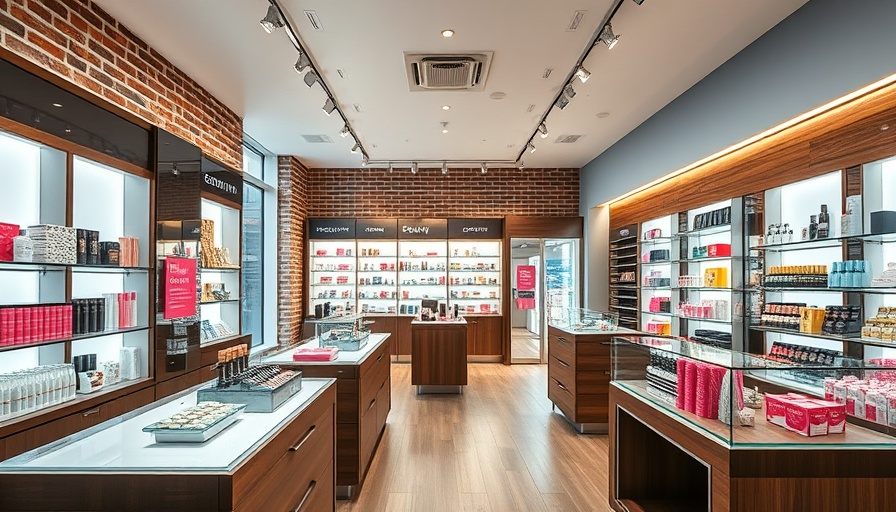



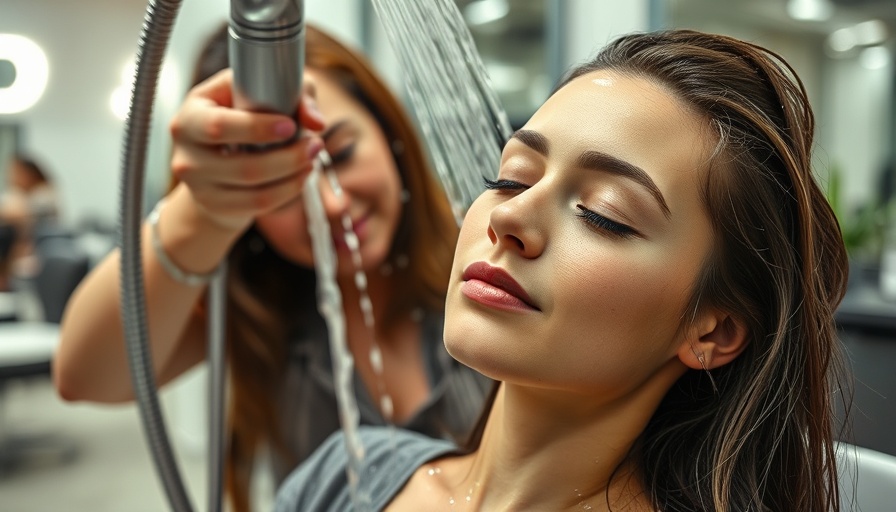
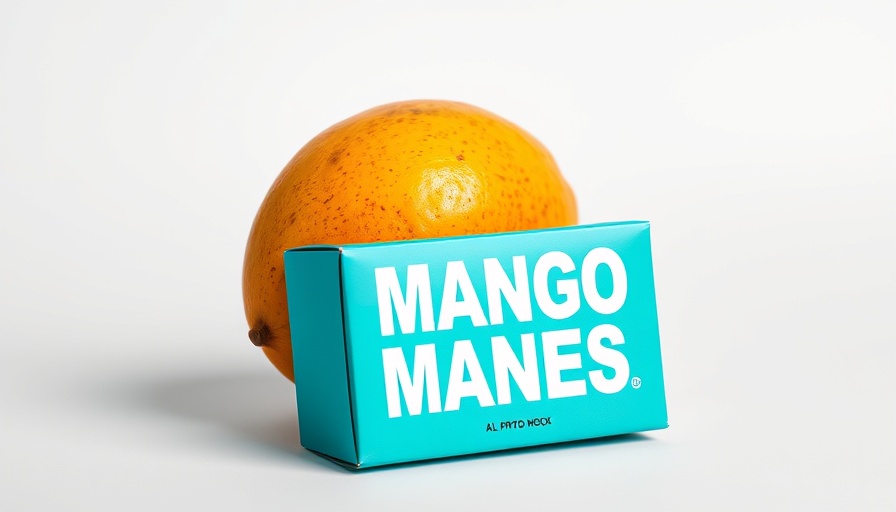
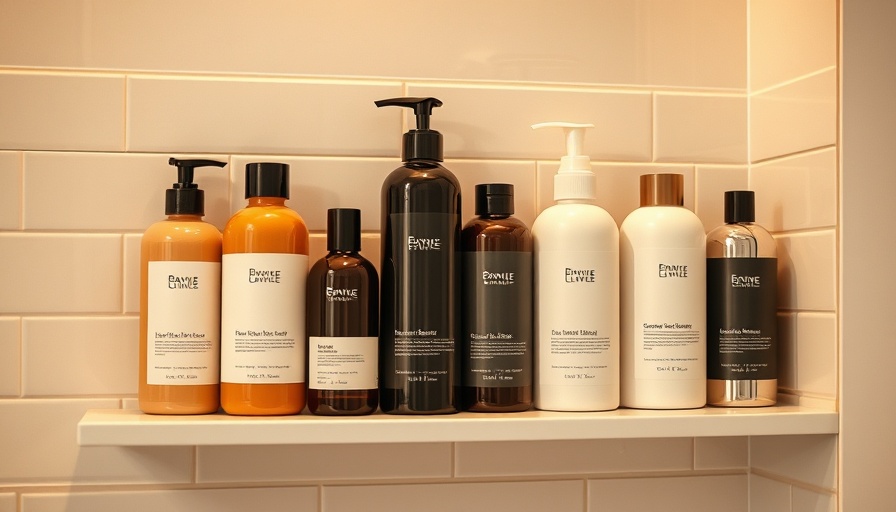
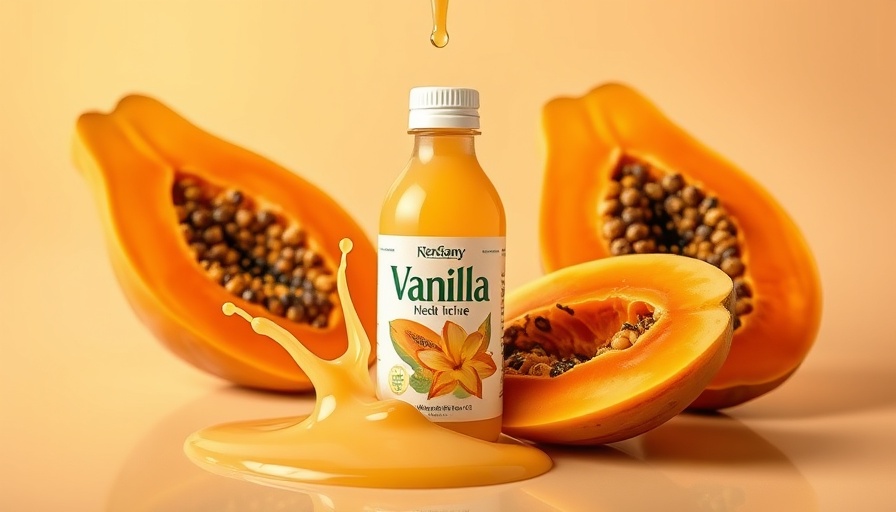


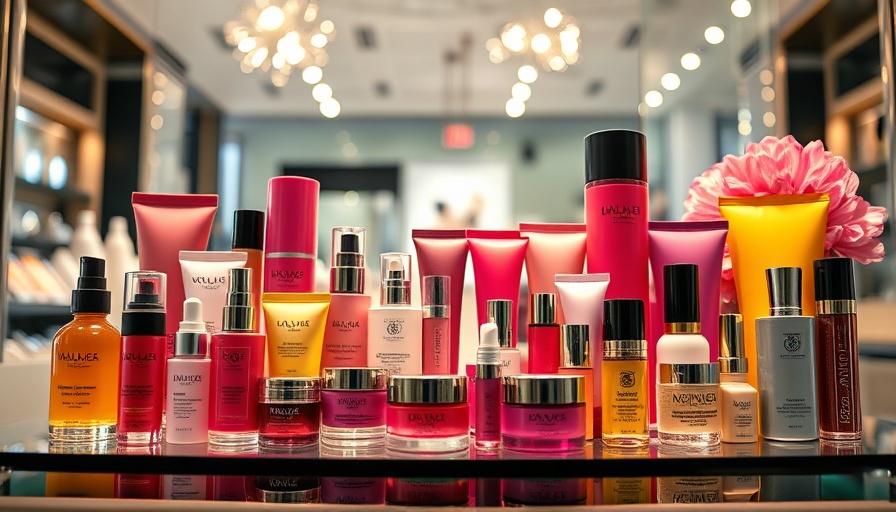

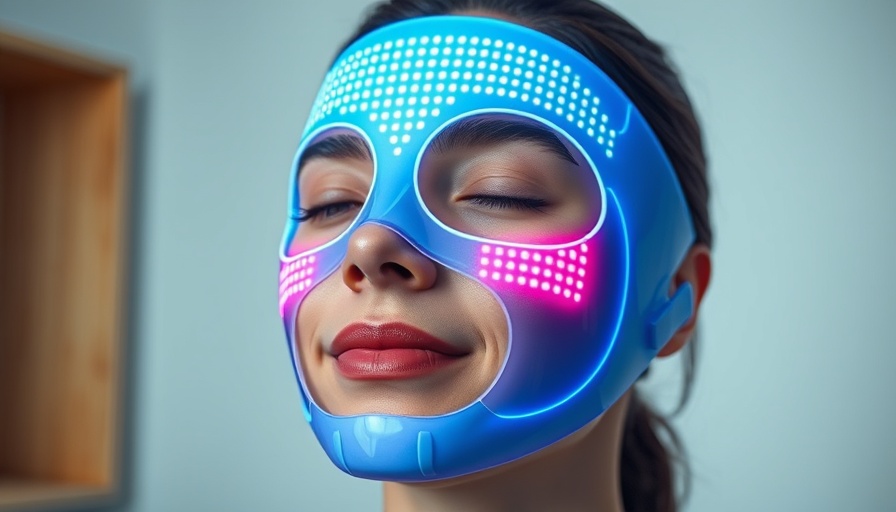






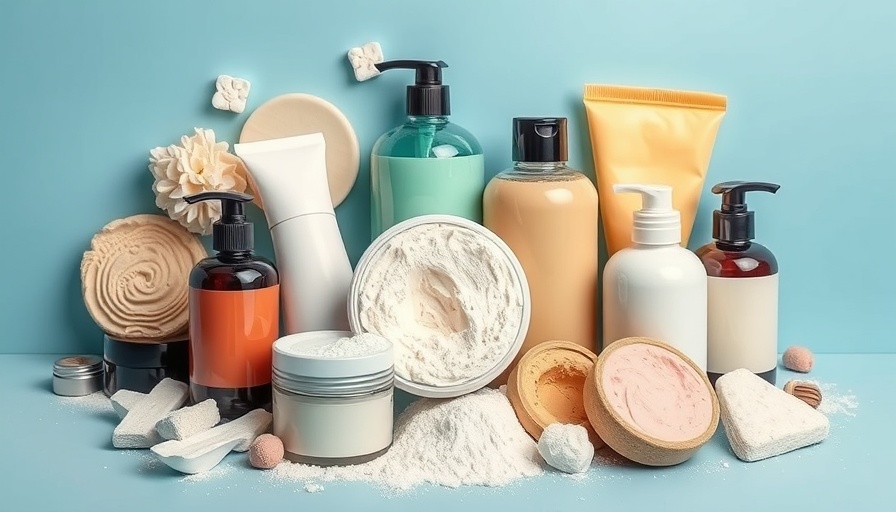



 Add Row
Add Row
 Add
Add

